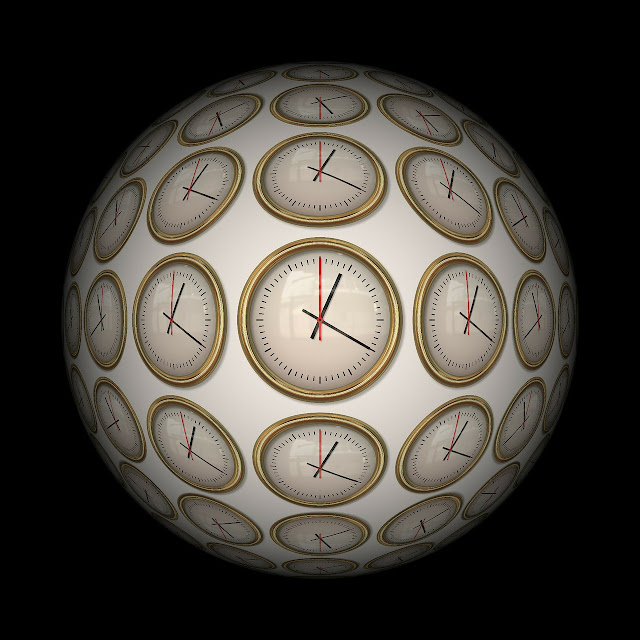Here it is, the long waited part two of our tips on how to save time
while – saving time (Yes, one of the goals of rapid prototyping is to
save time on development). After you’ve learned about purpose and
requirements of the prototype, as well as started thinking of it as a
disposable artifact, it is time to introduce our next 3 steps to further
improve your rapid prototyping experience.
Avoid working on interactions too soon
Unlike conventional “waterfall” model where it is recommended to start building UI as soon as possible, it is a waste of time in rapid prototyping. It will only create a huge amount of redundant work that will anyway get changed last minute before the deadline. Use the prototype to test what you need to test; UI will come natural at the end.
Test as you go
Wonderful thing about rapid prototyping is that it enables you to test things a lot faster and more often, plus, if there you stumble upon a dead-end, you can always go back and start again (Remember tip #1 from the previous article.) If you’ve done a lot of work without testing it, it may be hard to spot the exact place where things got wrong; so test, test, test, as often as possible.
Be swift
Don’t forget, it’s called rapid prototyping, so you need to honor its name and keep it fast and simple. The prototype will serve its purpose; it will get the desired results a lot faster than with using convectional “waterfall” methods. Just don’t lose your mind on some unnecessary details. Keep it rapid.
Congratulations, you’ve reached the end of the list! We hope that this series will help you and your team to stay focused on the task and to save two resources we’re always lacking – time and money.
Avoid working on interactions too soon
Unlike conventional “waterfall” model where it is recommended to start building UI as soon as possible, it is a waste of time in rapid prototyping. It will only create a huge amount of redundant work that will anyway get changed last minute before the deadline. Use the prototype to test what you need to test; UI will come natural at the end.
Test as you go
Wonderful thing about rapid prototyping is that it enables you to test things a lot faster and more often, plus, if there you stumble upon a dead-end, you can always go back and start again (Remember tip #1 from the previous article.) If you’ve done a lot of work without testing it, it may be hard to spot the exact place where things got wrong; so test, test, test, as often as possible.
Be swift
Don’t forget, it’s called rapid prototyping, so you need to honor its name and keep it fast and simple. The prototype will serve its purpose; it will get the desired results a lot faster than with using convectional “waterfall” methods. Just don’t lose your mind on some unnecessary details. Keep it rapid.
Congratulations, you’ve reached the end of the list! We hope that this series will help you and your team to stay focused on the task and to save two resources we’re always lacking – time and money.

No comments:
Post a Comment